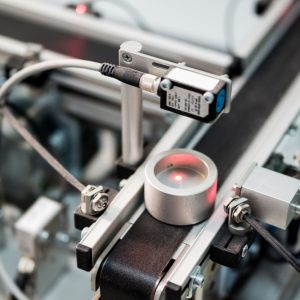In case anyone is puzzled that our front pages are suddenly dominated by new supercomputers of various kinds, the explanation is that the second annual International Conference on Supercomputing has been going on this week in Santa Clara, California. Having spoiled the 1970s for IBM by taking on the company with the first successful attempt at an IBM-compatible mainframe that was faster, cheaper and more reliable than the Real Thing, Dr Gene Amdahl is these days more exercised by supercomputing in his new role as president of Elxsi Corp, but one thing hasn’t changed at all. When Dr Amdahl gets up to speak, you have to listen. And his bang-up-to-date message to the conference was that when it comes to integrated circuit fabrication, Gallium Arsenide may not hold all the aces over Silicon after all. Gallium Arsenide has been the great hope of the future for a long time, but Silicon Emitter-Coupled Logic isn’t quite dead yet. He pointed out that 1K-bit memory chips made using Silicon ECL have an 0.85nS access time, faster than either the 2.4nS for GaAs direct-coupled logic and 0.9nS for GaAs high electron mobility transistors. Dr Amdahl suggested that what this may prove is that GaAs is actually slower than Silicon at room temperature and may require as much, or more, power than ECL. Reacting to suggestions that superconductivity may revolutionise the IC industry, he declared, I doubt that superconductivity will create real situations for Gallium Arsenide. However, superconductivity is perfectly suited for ECL because of its low-impedance characteristics.






